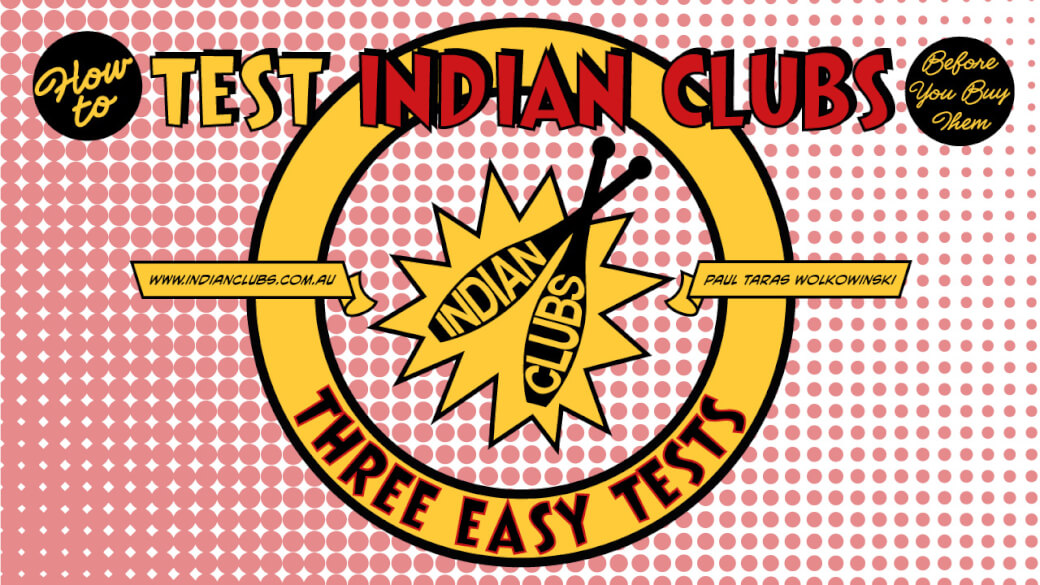002 How to Test Indian Clubs before you buy them
 002 How to Test Indian Clubs before you buy them is the second article in my start-up series, where I look at my personal experiences in choosing Indian Clubs for personal use. Over the years I have checked and evaluated countless pairs of Indian Clubs and have created this eBook called to help answer the many questions that I receive on a regular basis asking for advice in this regard.
002 How to Test Indian Clubs before you buy them is the second article in my start-up series, where I look at my personal experiences in choosing Indian Clubs for personal use. Over the years I have checked and evaluated countless pairs of Indian Clubs and have created this eBook called to help answer the many questions that I receive on a regular basis asking for advice in this regard.
‘How to Test Indian Clubs before you buy them’
This information is available as an eBook called ‘How to Test Indian Clubs before you buy them’ which you can download once you subscribe in the link below.
 There are Three Tests you can use during your Indian Club selection process, to help you choose the right clubs. Your choice of Indian Clubs will depend on your height, build and physical condition and the correct choice will ensure you learn, master and perfect your Indian Club Swinging Technique.
There are Three Tests you can use during your Indian Club selection process, to help you choose the right clubs. Your choice of Indian Clubs will depend on your height, build and physical condition and the correct choice will ensure you learn, master and perfect your Indian Club Swinging Technique.
Resistance Test
The purpose of the Resistance Test is to make sure that you can handle your Indian Clubs at arm’s length. There are two Resistance Tests for full details refer to the eBook.
Hold the club with a sabre grip, lift your arm out to the sides shown below.
If the club feels light and creates minimal resistance, it is too light, try a heavier club.
If the club feels heavy and creates intense resistance, making your hand shake from the strain, this means that the club is too heavy for you. Try a lighter club.
If the club feels right and creates moderate resistance, it is the club for you.
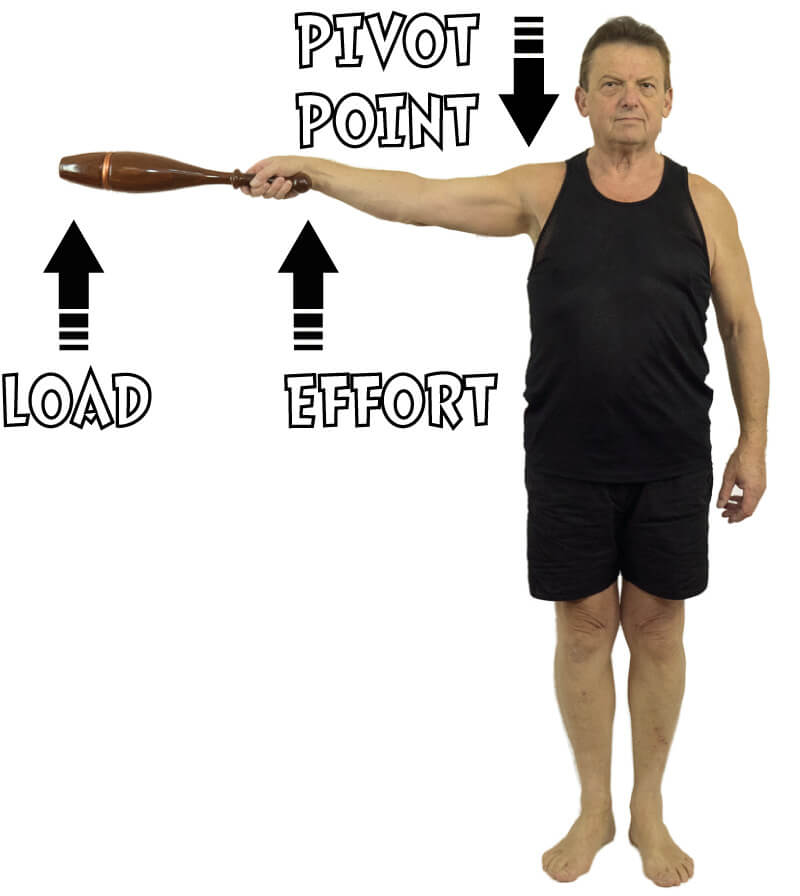
Swing Test
The Swing Test is designed to let you experience swinging a club through the horizontal position checking the movement is challenging and that you are not struggling with the weight.
| CLUB | SWING ACTION | SPEED CONTROL | TRANSVERSE TURN |
| TOO LIGHT | Easy | Effortless | Minimal & Lazy |
| JUST RIGHT | Smooth and even | Challenging | Medium/natural |
| TOO HEAVY | Inconsistent & Jerky | Difficult | Overcompensating |
Tip:- Ideally you should be able to control the downward acceleration and transfer the energy into the upswing keeping an even pace. The transverse turn should feel natural and without strain. Your grip should be loose but firm.
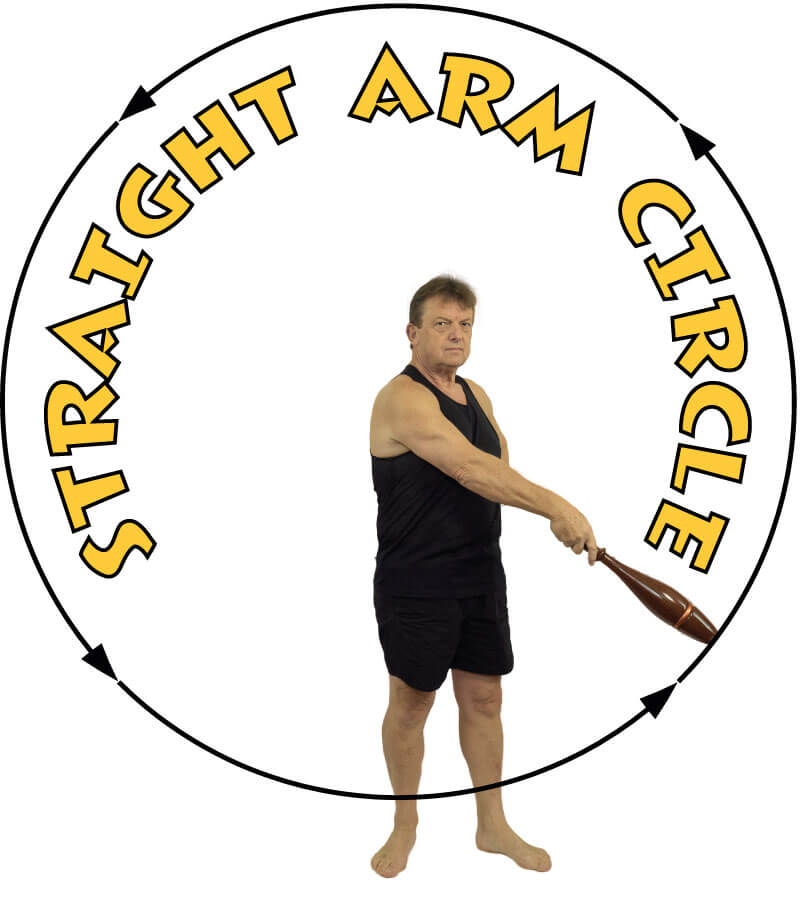
Length Test
The Length Test is all about safety, making sure that you choose a pair of clubs that are the correct length, and not too long, which can cause your clubs to crash behind your head. The table below also shows the circle size, upward stretch capability and inertia which all come into play once you advance your technique.
| CLUB | CRASH RISK | CIRCLE SIZE | UPWARD STRETCH | INERTIA |
| SHORT CLUB | Small | Small | Tendency to stall | Limited |
| RIGHT LENGTH | Limited | Medium | Excellent & well balanced | Just right |
| LONG CLUB | Very High | Large | Unobtainable | Excessive |
Tip:- The prime concern is that your club length choice does not put you at risk of injury due to the clubs crashing behind your head, and the correct length clubs limit the risk. Although I hasten to add that it may still happen if you make a mistake. Be aware that Indian Clubs can and do crash in front of the body also, the risk of injury is a lot less likely.
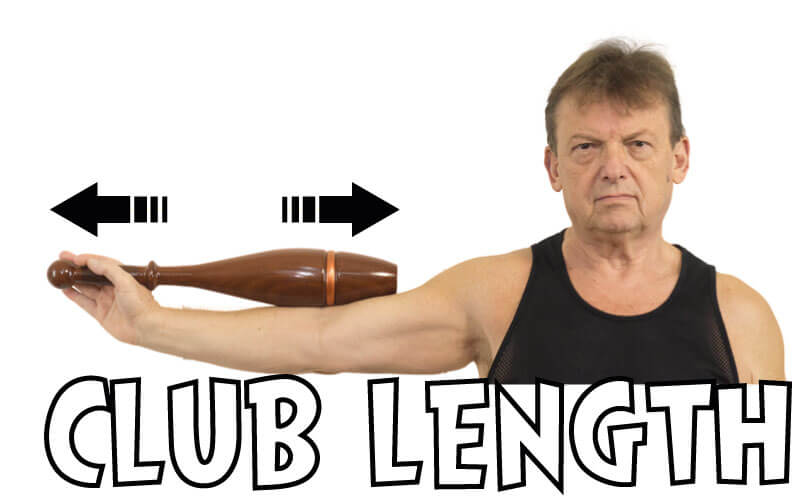
A step by step guide
Once you download the ‘How to Test Indian Clubs before you buy them’ eBook, I take you step by step through each test and explain what to look for, and how to understand your personal results.
Over the years I have made many mistakes, in fact too many to mention and hopefully, you can benefit from my experiences.
As you can see there are many variants in choosing the right pair of Indian Clubs, and each one of us is different in height, build and physical condition which means that the choice is subjective and personal. I encourage you to be wise and consider all three tests rather than making a decision based on one factor.
Further reading to help you with buying Indian Clubs.
You may like to read and learn more…
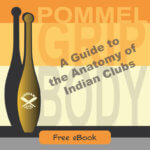 |
 |
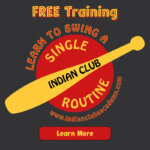 |
Visit us on YouTube:- INDIAN CLUBS and how to use them by Paul Taras Wolkowinski
FaceBook:- INDIAN CLUBS on FaceBook
